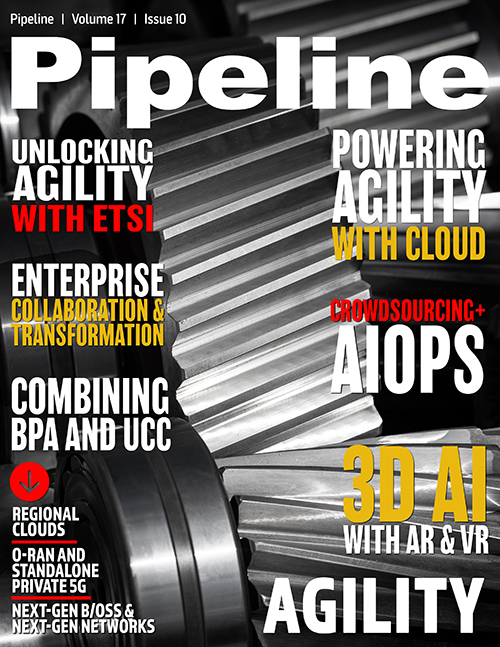Merging 3D Artificial Intelligence
with AR and VR Technology
This can also be scaled to register with partially completed structures with the complete 3D models, allowing for ongoing construction and assembly. With this platform approach, users can achieve an accuracy of 1mm to 10mm in the object registration and rendering. The rendering accuracy is mainly limited by the device capability. This approach to 3D object tracking will allow users to fuse the real and virtual worlds in enterprise applications. In turn, this will open many uses including but not limited to training with work instructions, error detection in construction and assembly, and 3D design and engineering with life-size 3D rendering and overlay.
Working in a cloud-based environment
To be safe, manufacturers should be careful in how they design and deploy these technologies, as there is a significant difference in the platform they are built on and how they are maximized for use.
Although technologies such as AR/VR have been in use for many years, manufacturers have utilized virtual solutions that are built upon an on-premise environment, where all the technology data is stored locally.
On-premise AR/VR infrastructures limit the speed and scalability required for current virtual designs. This limits the ability to manage knowledge-sharing between organizations, which can be crucial when designing new products and understanding the best approach for virtual buildouts.
Manufacturers are overcoming these limitations by leveraging cloud-based (or remote-server-based) AR/VR platforms powered by distributed cloud architecture and 3D vision-based AI. These cloud platforms provide the desired performance and scalability to drive innovation in the industry at speed and scale.
Enterprise-grade high-quality AR/VR platforms require both performance and scale. However, existing systems such as MS HoloLens and others are severely limited in both aspects. Most enterprises have a rich repository of existing complex 3D CAD/CAM models created over the years. These 3D models may vary in their complexity (such as poly count, hierarchy, details, and more), making it difficult to run and excel within on-premise virtual platform environments restricted by device limitations. This forces developers to decimate the contents (3D models/scenes) to fit to different mobile devices, spending months in the process and sacrificing on the overall quality of the experience.
As these virtual environments become richer and larger, the problem continues to compound. This cycle is repeated for each of the different AR/VR hardware platforms, making it difficult for any enterprise to move from experiments and pilots to full-scale deployable solutions, thus stunting the speed of innovation and effectiveness.
The device limitations also severely restrict the capability of existing AR/VR systems to generate and work with very fine mesh with large polygon count models and point clouds, which is essential to collocate and precisely fuse the virtual objects on top of physical objects in the real world with complex surfaces, and varied lighting and environment.
Manufacturers are overcoming this great challenge by partnering with providers of cloud-based (or remote-server-based) AR/VR platforms powered by distributed cloud architecture and 3D vision-based AI. These AR/VR cloud platforms provide the desired performance and scalability.
Manufacturers today are experiencing the next wave of technology innovation that will fundamentally alter the way they operate. This transformation is primarily driven by merging the digital and physical world to create a better, smarter, and more efficient way of operating. Immersive technologies such as AR/VR technologies are playing a pivotal role in this transformation. The organizations that take a leadership role will be the ones that not only leverage these technologies but also will partner with the right technology provider to help scale appropriately without having to stunt technological growth.
Today, manufacturers are defeating these obstacles by leveraging cloud-based AR/VR platforms powered by distributed cloud architecture and 3D vision-based AI. These cloud platforms provide the desired performance and scalability to drive innovation in the industry at speed and scale.


















